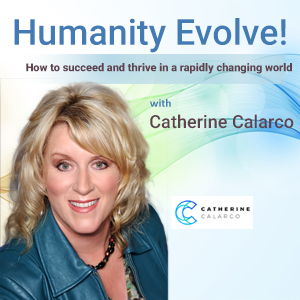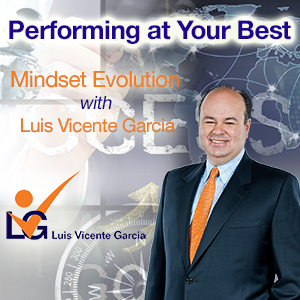Seven Questions You Can Use to Move from Manager to a Leader
This week’s article is provided by Jonathan Reitz as part of the World Business and Executive...
Read Moreby VoiceAmerica | May 26, 2021 | Business | 0 |
This week’s article is provided by Jonathan Reitz as part of the World Business and Executive...
Read Moreby VoiceAmerica | Oct 29, 2019 | Business | 0 |
To start or to continue receiving the weekly blogs via email, please sign-up using this link:...
Read Moreby VoiceAmerica | Jan 24, 2017 | Women | 0 |
Catherine and Nadine discuss wisdom of the ages and how to master authentic leaderhsip in todays...
Read Moreby VoiceAmerica | Jul 14, 2016 | Business | 0 |
A critical factor for success as we all know is your ability to master public speaking and to...
Read Moreby VoiceAmerica | May 12, 2016 | Business | 0 |
A critical factor for success as we all know is your ability to master public speaking and to...
Read Moreby VoiceAmerica | Nov 9, 2015 | 7th Wave | 0 |
11/11/15 – Meet The Leader in You What if your idea of being a leader is based on old ideas that you’ve outgrown? Listen in to this lively discussion on Being Here and shake up your definition of...
Read Moreby VoiceAmerica | Dec 12, 2014 | Variety | 0 |
A ‘Culvers’ restaurant story of success! This weeks episode brings together a very...
Read More





